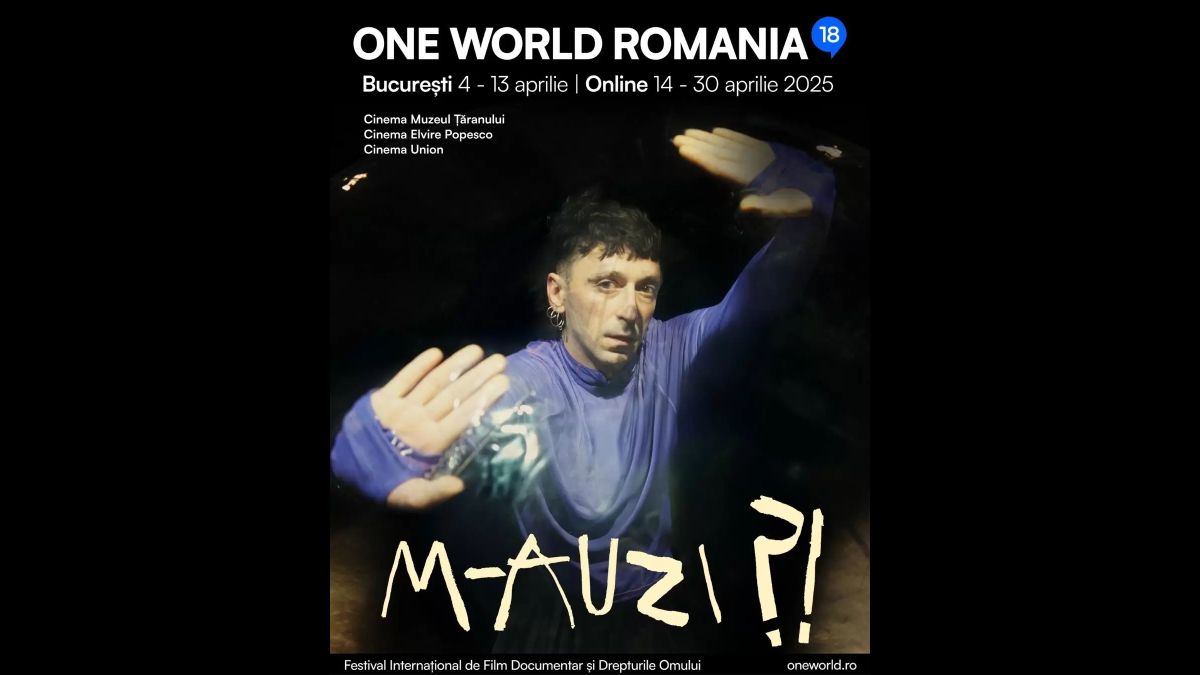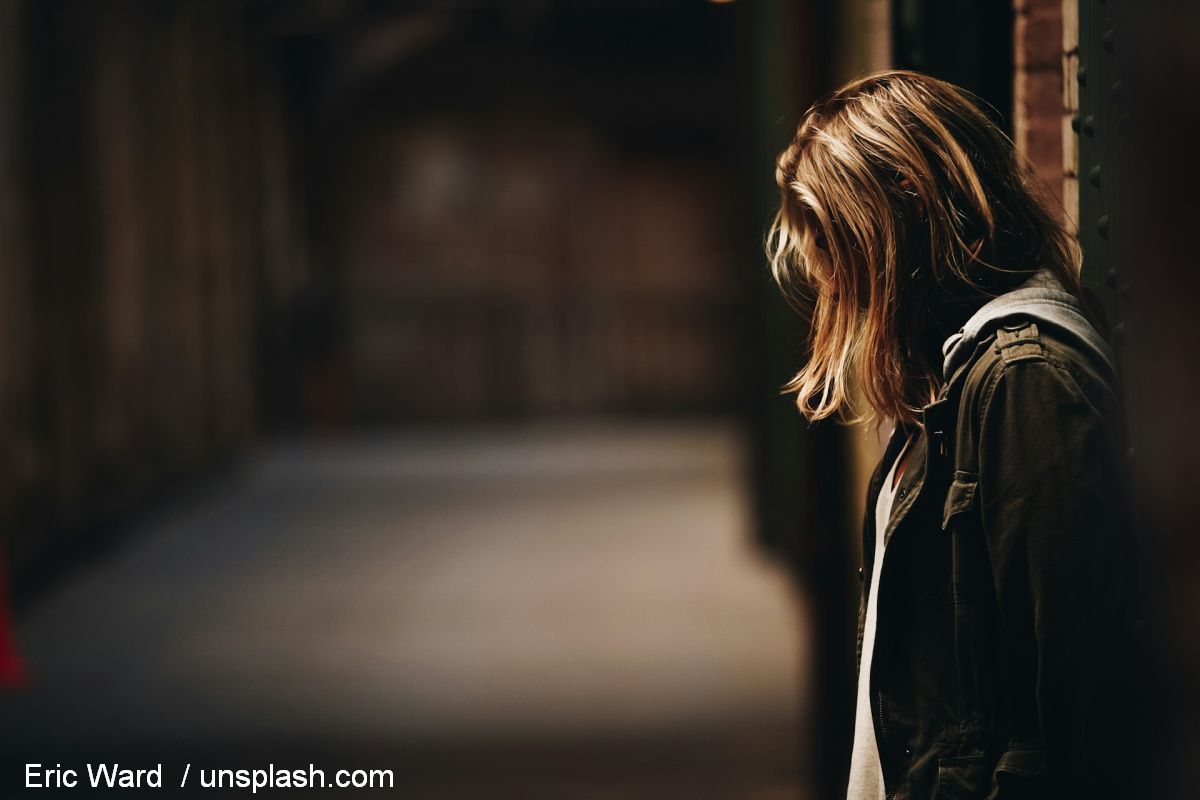The Farm of the Future
Specialists say that Romanian agriculture is top of the list when it comes to foreign investors preferences.

Luana Pleşea, 02.10.2013, 12:53
Romania is a genuine agricultural paradise and French investors have many opportunities to invest in Romanian agriculture, said early this summer the French Ambassador to Bucharest, Phillipe Gustin. Indeed, specialists confirm that agriculture is top of the list when it comes to foreign investors’ preferences. On the other hand, though, Romanian youth is not so much interested in getting specialized in agriculture, as Maria Drinovan, the Head of the ‘Tara Barsei’ Agriculture and Food Industry College in Prejmer, Brasov County, said.
“ Unfortunately, agriculture schools are faced with a difficult situation these days, because children are less and less interested in agriculture. It would be important to change people’s mentality, for them to no longer say ‘you’ll get to tend by cows unless you study”. I still believe that Romania can develop significantly through agriculture, but for that we need educated young people, graduates of agriculture high-schools, colleges or higher-education institutions. Without proper education and without well trained people we will not be able to talk about sustainable agriculture.”
The head of the Agriculture College in Prejmer made that statement in the opening of the event celebrating the 9th anniversary of the “the demonstrative farm and the Agrovision center for training and consultancy in agriculture”. This is a World Vision project launched in 2004, which can be seen as an alternative solution to training specialists in agriculture. The cattle breeding farm was built in a poor community, in the village of Crit, Bunesti commune, Brasov County. Crenguta Barbosu, a World Vision Manager of the Agriculture and Rural Development Program told us how the project started, the very year when Romania concluded with the EU the negotiations regarding agriculture.
“We first bought a farm, a former agricultural cooperative, which we modernized. We got money from the US and we also applied for a SAPARD project, to prove to people that those funds could be accessed by farmers in Romania. With the money we got we modernized the facility, we bought cows, we equipped a milking facility, etc. We also built a training center for farmers, we developed a management curriculum for cattle farmers, because back then specialized literature was accessible to specialists only. There were no books for small farmers. Then Romania joined the EU, the Rural Development Plan appeared and that was when our programs started focusing on teaching farmers how to apply for European funding.”
Radu Todea is a young graduate of the Civil Engineering Faculty, but he decided to work in animal breeding, after he learnt how to do it at the Agrovision farm. He designed and built his own farm, as we found out from the film that presented the impact of the project.
“ I inherited the business from my parents. We had 11 milk cows. Then I was trained by World Vision. I learnt how to breed animals in proper conditions, I learnt how to grow calf, how to properly equip the milking facilities. I have managed to double the number of cows in my farm and I use milking machines. The business is prosperous and I am not at all sorry for making the choice I made.”
In 9 years, the demonstrative farm in Critz has turned into more than just a project aimed at supporting small farmers to pass from subsistence to commercial agriculture, as it has also had a strong social impact, helping the development of the local community. Crenguta Barbosu again:
“ We also realised the tourist potential of the area. The Critz Village is located in an area where there are many Saxon fortified cities, which started to become interesting to both Romanian and foreign tourists. So we started courses of rural tourism for women, and not only. We’ve had 300 graduates so far, and many of them are now owners of guesthouses or work in such guesthouses. Also, to help develop the local community, we opened a weaving workshop for poor women, who lived on what they would get as seasonal workers. We taught them how to weave and some of them are now selling what they make to tourists whose number has grown by the year.”
One of the major issues facing agricultural education in Romania is the fact that students have no opportunities to do relevant internships, because the farms where the standards are high are very few, says Maria Drinovan.
“I really wish young people could stay in villages and develop their own businesses there, even if not all of them in agriculture. I come from a rich commune, which is also home to the school I work for, and our impact in the community was major. I can give you an example: in 2000, under a Leonardo project we sent 10 young farmers from Prejmer and the neighboring vilalges to a 4 month internship to Denmark, on ecological agriculture. The result? Five of the 10 young people who did that now have their own farms and one of them graduated from a higher-education institution and is now the manager of a big Danish farm that has 6 thousand hectares of land in Romania.”
The conclusion to all that would be that agriculture can generate decent incomes, a positive message that initiators of such projects are trying to convey; and, there are young people in this country willing to start a business in a rural environment, inspired by model farms like the one in Crit.






























